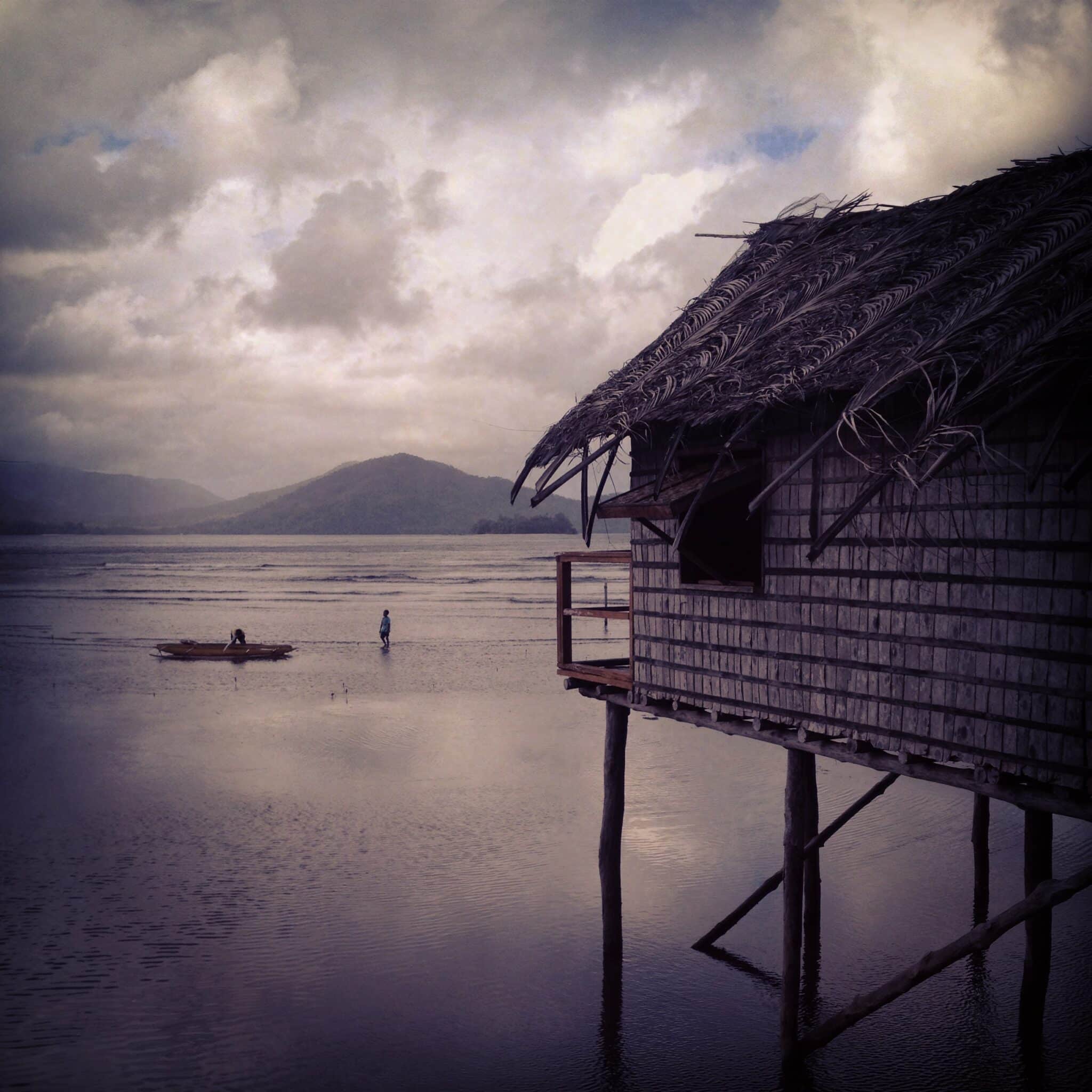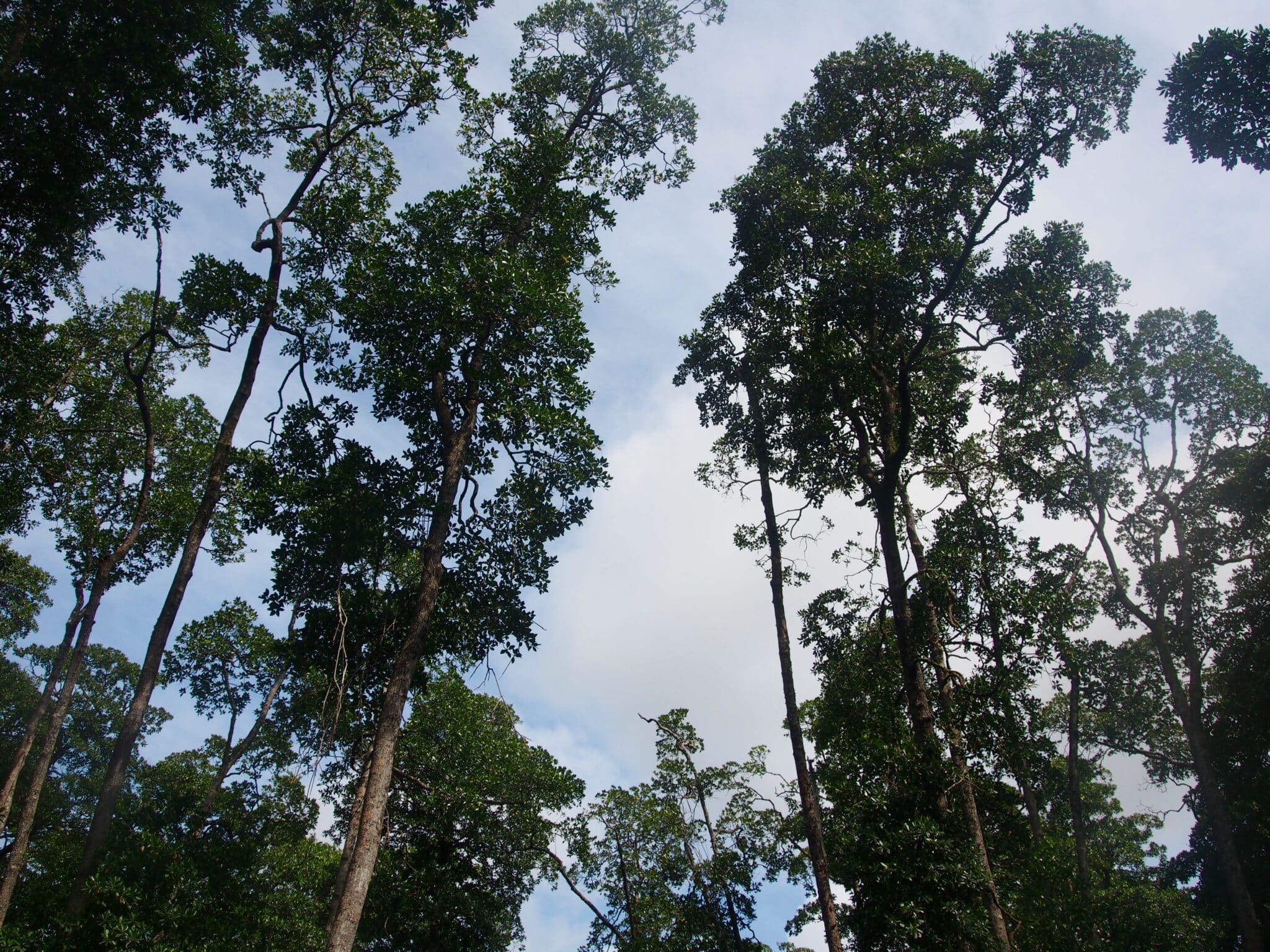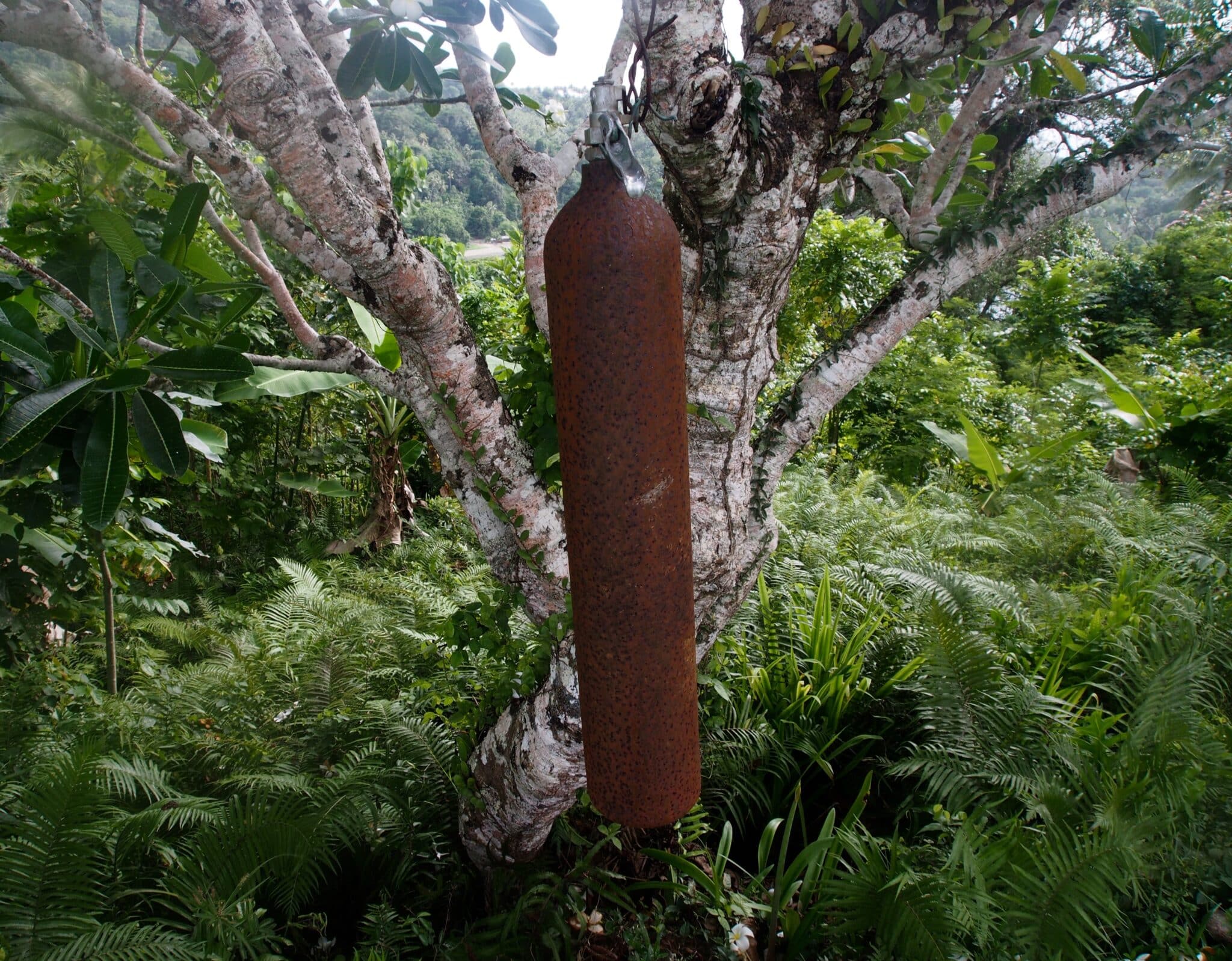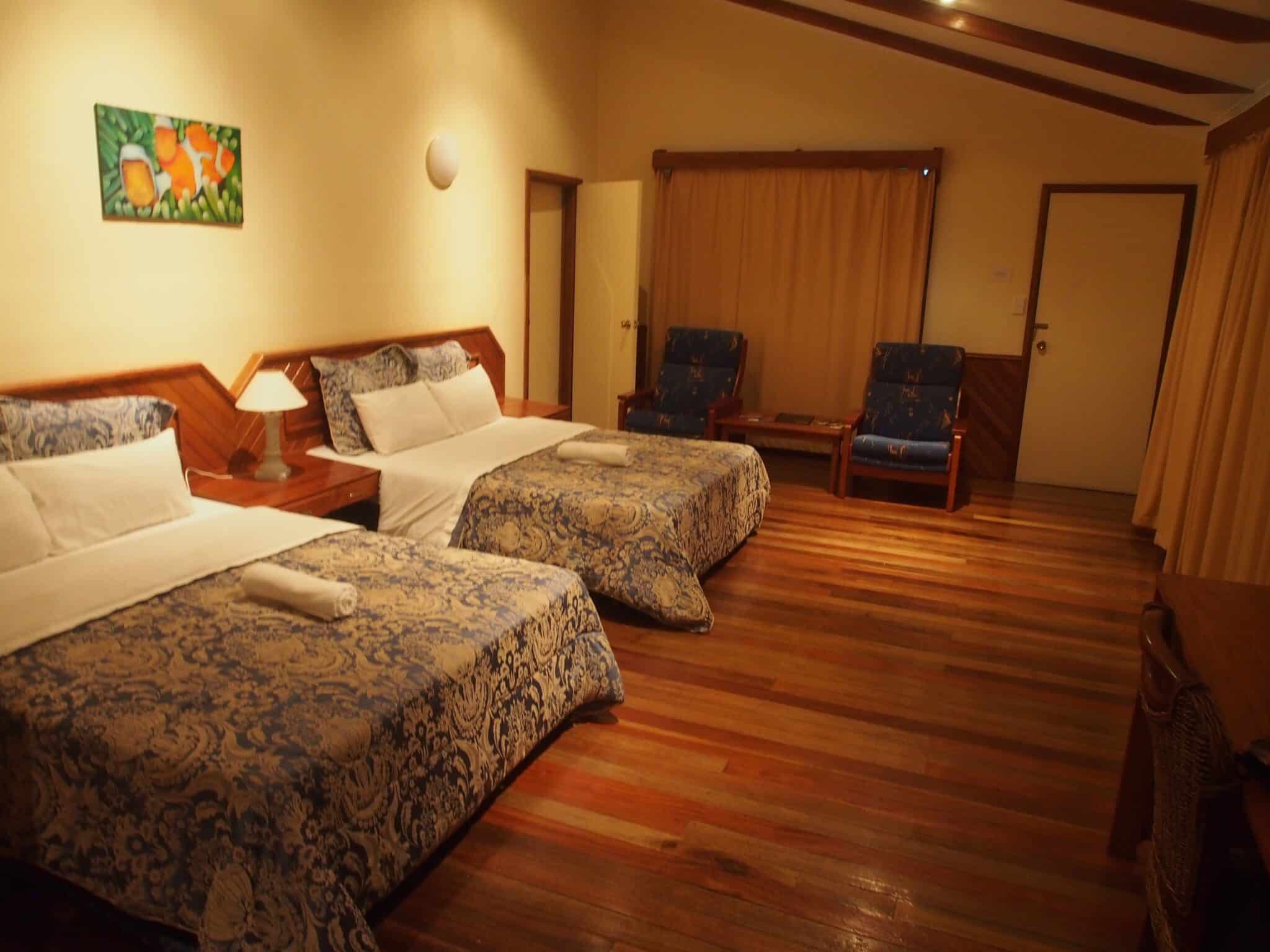
Over the last four Fridays I’ve applied photos and flowery language in recalling Papua New Guinea as an extraordinary travel destination. The central argument positions PNG as remote and infrastructurally limited, buffered from changing times, and extraordinary because it is literally so far from ordinary. It is, in fact, literally half-a-world away from the comforts of New York. It is of this planet, and outside the narrows of most worldviews. It is a fractal of new and surprising experiences.
With shades of exception, this is genuinely the case. But it raises some important logistical questions. Most notably:
- How does a person travel to Papua New Guinea from New York?
There are two ways of getting to an answer:
1. My 44-hour flight itinerary
I live in Brooklyn, in New York, in the United States. My journey to Papua New Guinea was long, exhausting and unavoidably indirect. In the age of commercial flight, in which large planes can shuttle passengers at upwards of 600 and sometimes 700 mph, it took me more than 44 hours to get from Newark Liberty International Airport (EWR) to Jacksons International Airport in Port Moresby. I loved that.
The routing was the stuff of travel romance, not unlike the port-by-port calling of an old merchant ship setting sail for the New World. By the time I was first unloaded in the PNG capital, four days before this day far deeper into the country, I’d already taken full nights and meals in Brisbane and Hong Kong. I had passport markings documenting meaningful time in two countries, and I was still pressing on. A full two calendar days passed between departure and arrival.
Here’s what the itinerary looked like:
- 15 hours and 50 minutes — Newark, NJ (EWR) to Hong Kong (HKG) on Cathay Pacific
- 7 hours in Hong Kong
- 3 hours and 15 minutes — Hong Kong (HKG) to Brisbane, Australia (BNE) on Cathay Pacific
- 1 night in Brisbane, Australia
- 3 hours and 5 minutes — Brisbane, Australia (BNE) to Port Moresby, Papua New Guinea (POM) on Qantas
To most people, that much time in transit, in economy class, is discomforting. To many, it closes access to Papua New Guinea entirely. I see it this way: Travel is motion, and to define it only as the time spent in a destination between arrival and departure is to dilute the bigger picture. Things like surprise and resonance and personal growth—which Papua New Guinea and travel in general supply in riches—require context, and that context comes into much fuller view when you have 44 hours to search for it.
Historically, things like geography and transportation networks mattered. Today, they still matter, though as impediments to movement and cultural osmosis they are less significant. The world is smaller, but context still provides direction. How far—in flight hours, perhaps—does the world extend beyond what you know? If finding out is an exciting prospect to you, you might just understand why I feel fulfilled in the hours spent closing in on a new place. You’d also get a lot out of Papua New Guinea.
At some point, I will write a book about this that no one will read, so let me pivot to say that this defense is not based in masochism. Seven hours in Hong Kong was enough time to summit Victoria Peak and get two rounds of pork buns. On trans-Pacific flights, at least, Cathay Pacific offers unlimited cup noodles, and if I recall correctly I finished the first season of True Detective on that first flight from Newark. It’s nice to disconnect for 16 hours and to explore bonus foreign lands on stopovers, without question. I also happen to think that in traveling distances, the end always justifies the means.
2. How do you plan a trip to PNG?
Enough about that. I already took my inaugural trip to Papua New Guinea. So how do you go about planning your own visit?
First, it’s important to note that it is typically an expensive trip. Airfare from the US to Papua New Guinea is a four-figure cost in itself. Cheap hostels and guesthouses (in Pogla village, for example) do occasionally exist, but reliable tour operators are nearly necessary, as navigation of infrastructural and tribal complexities is best left to those with experience (it doesn’t help that so many destinations are linked by private bush plane). Cost is one reason that just 5,000 or so Americans—less than two one-hundred-thousandths of the population—visit PNG each year.
But cost is a barrier to travel all across the globe, including to places much less life-changing than PNG. More importantly, with assistance from the growing international travel market and a few prime operators, costs are down and access is up:
- Flying in: Port Moresby’s Jacksons International Airport, through which all international flyers enter, is now served by direct flights from Australia (via Qantas, Virgin America and Air Niugini), Fiji (via Air Niugini), Hong Kong (via Air Niugini), Indonesia (via Air Niugini), Japan (via Air Niugini), the Philippines (via Philippine Airlines and Air Niugini), Singapore (via Air Niugini), the Solomon Islands (via Air Niugini), and Vanuatu (via Air Niugini).
- Cruising: Cruise itineraries that include stops in PNG, mostly embarking/disembarking in Australia, now serve more Papua New Guinea experiences in more short bursts than ever before—and often for less. Crystal Cruises, Cunard Line, P&O, Princess, Regent Seven Seas, and Silversea all offer packages.
- Touring deeper: The family-run Trans Niugini Tours is arguably the most comprehensive operator in a country sometimes beyond comprehension. It’s “the only inbound tour operator that not only owns and manages a selection of award-winning Wilderness Lodges, but also [its] very own fleet of aircraft, vehicles and boats,” and with more than 35 years on the ground, it’s also inarguably the most experienced American effort in PNG. Leading in sustainability, both cultural and environmental, has been a priority of owner Bob Bates since 1976 (Lake Murray Lodge, featured here, is 100% solar). Trans Niugini facilitated my passage toward the edge, because that’s what they excel in. If the edge is what you’re after, they can show you the way, too.
For 48 more photos from Papua New Guinea, see the gallery below.
Part 4 is available here. Part 3 is available here. Part 2 is available here. Part 1 is available here.
For more on travel to Papua New Guinea, check out papuanewguinea.travel and pngtours.com.


















































